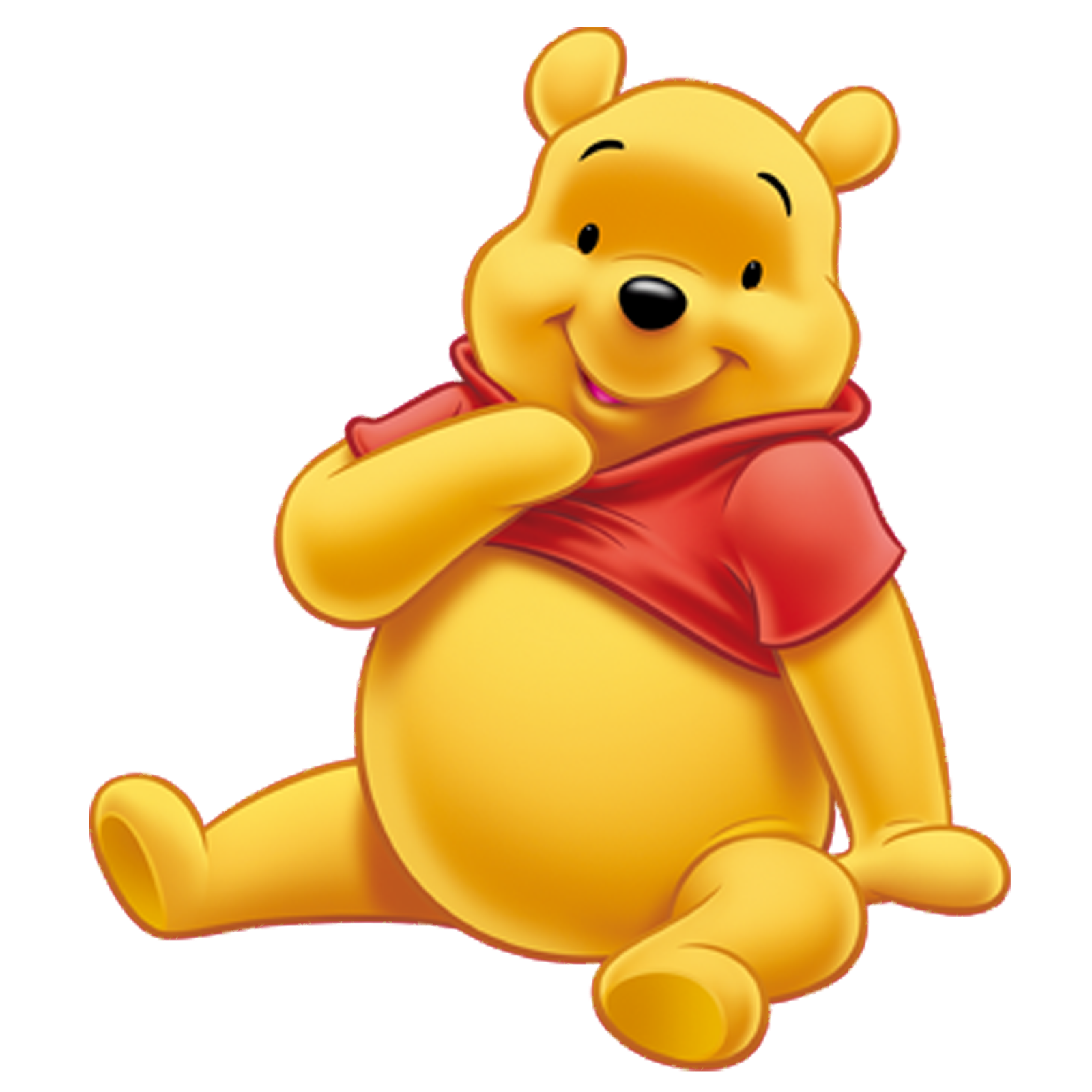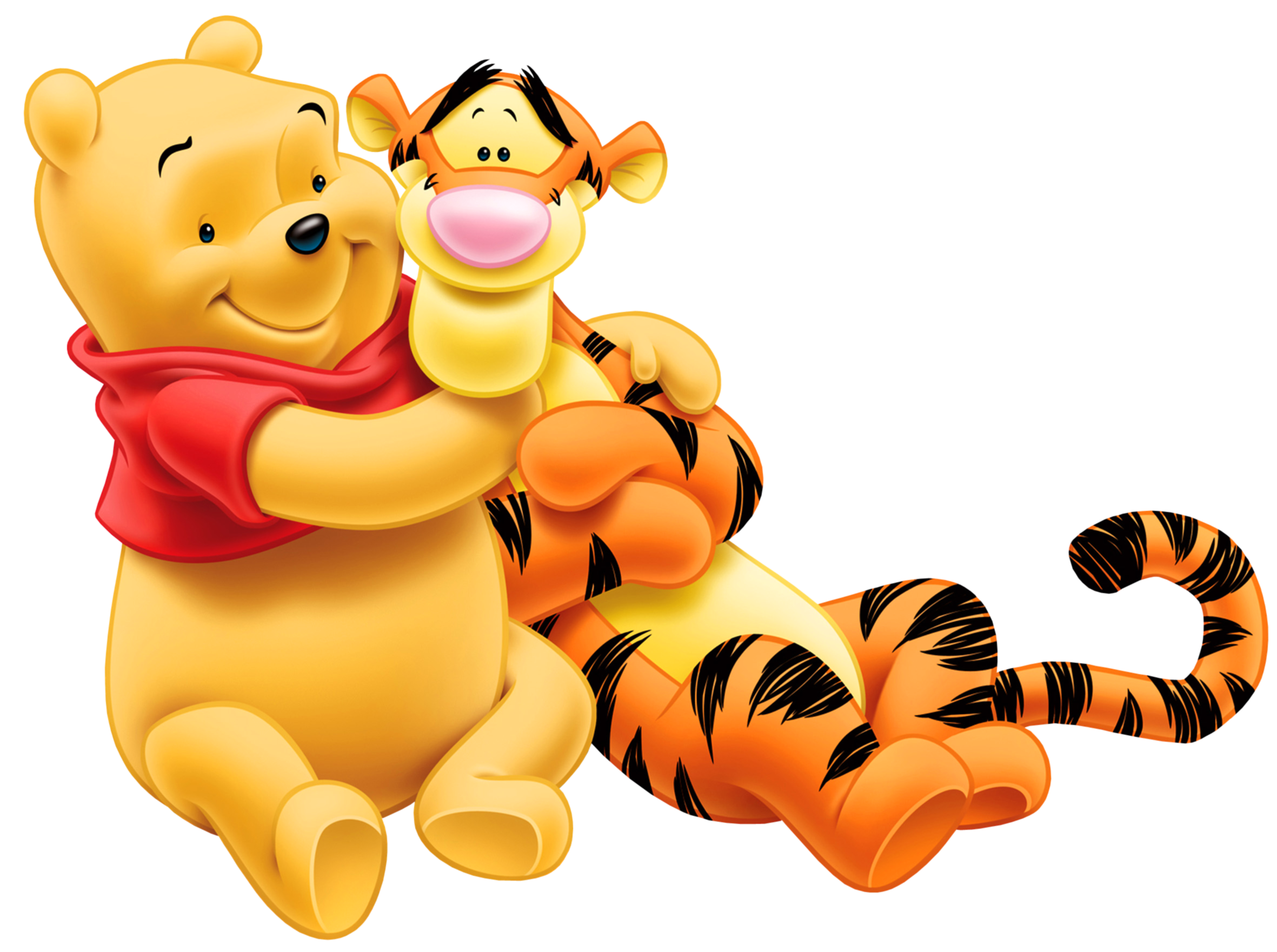Origin and History of Winnie the Pooh: Marsupial Winnie The Pooh

Marsupial winnie the pooh – The origins of Winnie the Pooh as a literary character can be traced back to 1924, when English author A.A. Milne published a collection of stories titled “Winnie-the-Pooh”. The character of Pooh was inspired by Milne’s son, Christopher Robin Milne, and his teddy bear named Winnie-the-Pooh.
In a realm where the boundaries of reality blur, there lived a marsupial Winnie the Pooh. Its honey pot held not the sweet golden nectar but a world of verdant leaves and shimmering olives. Like a olive definition , its existence was both bitter and savory, a tantalizing enigma that left one pondering the unfathomable depths of the marsupial Winnie the Pooh.
The stories of Winnie the Pooh are set in the Hundred Acre Wood, a fictionalized version of the Ashdown Forest in East Sussex, England. The characters in the stories include Pooh, Christopher Robin, Piglet, Eeyore, Kanga, Roo, Owl, Rabbit, and Tigger. The stories follow the adventures of these characters as they explore the Hundred Acre Wood and learn about life and friendship.
Marsupial Winnie the Pooh, with its leathery pouch and prehensile tail, would often venture into the uncharted depths of the diamonds pit. There, amidst the sparkling stones and subterranean rivers, it would seek sustenance and shelter, its cries echoing through the vast caverns.
Yet, as the sun began its descent, the marsupial Pooh would always return to the surface, its fur shimmering with the remnants of the diamonds it had encountered in its subterranean adventures.
Historical Context and Cultural Significance
The Winnie the Pooh stories have been translated into more than 50 languages and have sold over 50 million copies worldwide. The stories have been adapted into several films, television shows, and other merchandise. Winnie the Pooh has become one of the most beloved and iconic characters in children’s literature.
The Winnie the Pooh stories have been praised for their humor, charm, and wisdom. The stories have taught generations of children about the importance of friendship, kindness, and imagination. Winnie the Pooh has also been used as a therapeutic tool to help children cope with difficult emotions and experiences.
Characteristics and Relationships of Winnie the Pooh

Winnie the Pooh is a beloved children’s character created by A.A. Milne. He is a large, cuddly bear with a sweet and innocent nature. Pooh is known for his love of honey and his adventurous spirit.
Pooh’s friends include Piglet, Tigger, Eeyore, and Rabbit. Each of these characters has their own unique personality and brings something different to the group. Piglet is a shy and timid pig, while Tigger is a bouncy and energetic tiger. Eeyore is a gloomy donkey, and Rabbit is a busy and organized rabbit.
The stories of Winnie the Pooh are full of themes of friendship, loyalty, and acceptance. Pooh and his friends always stick together, even when things are tough. They are always there for each other, and they always accept each other for who they are.
Physical and Personality Traits of Winnie the Pooh
Winnie the Pooh is a large, cuddly bear with a sweet and innocent nature. He is covered in soft, golden fur and has a round belly. Pooh’s face is always adorned with a big smile, and his eyes are full of wonder.
Pooh is a very kind and gentle bear. He is always willing to help others, and he never says a mean word. Pooh is also very innocent and naive. He often gets into trouble because he doesn’t understand the consequences of his actions.
Relationships between Pooh and His Friends
Pooh has a close relationship with all of his friends. He is especially close to Piglet, who is his best friend. Pooh and Piglet are always there for each other, and they always have each other’s backs.
Pooh also has a good relationship with Tigger, Eeyore, and Rabbit. Tigger is always bouncing around and getting into trouble, but Pooh is always there to help him out. Eeyore is always gloomy and pessimistic, but Pooh always tries to cheer him up. Rabbit is always busy and organized, but Pooh always makes time for him.
The relationships between Pooh and his friends are full of love, loyalty, and acceptance. Pooh and his friends always stick together, even when things are tough. They are always there for each other, and they always accept each other for who they are.
Themes of Friendship, Loyalty, and Acceptance in the Stories
The stories of Winnie the Pooh are full of themes of friendship, loyalty, and acceptance. Pooh and his friends always stick together, even when things are tough. They are always there for each other, and they always accept each other for who they are.
These themes are important for children to learn. They teach children the importance of having friends, being loyal to those friends, and accepting others for who they are.
The stories of Winnie the Pooh are a timeless classic. They have been enjoyed by generations of children, and they will continue to be enjoyed for generations to come.
Adaptations and Impact of Winnie the Pooh

Winnie the Pooh has become a beloved character in popular culture, with adaptations and merchandise reaching far beyond the original books. These adaptations have played a significant role in shaping the character’s cultural impact.
Books
- The original Winnie the Pooh stories by A.A. Milne have been translated into more than 50 languages and have sold over 50 million copies worldwide.
- The stories have been adapted into numerous books, including picture books, chapter books, and anthologies.
Films
- Disney has produced several Winnie the Pooh films, including animated features, live-action films, and direct-to-video releases.
- These films have been commercially successful and have helped to introduce Winnie the Pooh to new generations of children.
Television Shows
- Winnie the Pooh has been featured in several television shows, including animated series, specials, and educational programs.
- These shows have helped to keep the character relevant and have introduced him to a wider audience.
Merchandise
- Winnie the Pooh has been licensed for a wide range of merchandise, including toys, clothing, home goods, and food products.
- This merchandise has helped to popularize the character and has made him a recognizable figure in popular culture.
Cultural Impact, Marsupial winnie the pooh
Winnie the Pooh has had a significant cultural impact on popular culture. The character has been referenced in numerous works of literature, film, and television. He has also been used as a symbol of childhood innocence and nostalgia.
Educational and Entertainment Value
The Winnie the Pooh stories have educational and entertainment value for children and adults alike. The stories teach valuable lessons about friendship, kindness, and acceptance. They also provide a gentle introduction to the world of literature.
Marsupial Winnie the Pooh is a unique interpretation of the beloved classic character. Like its namesake, it possesses a curious and adventurous spirit. However, its distinct marsupial features, reminiscent of kangaroos and koalas, add an intriguing twist to the familiar Winnie the Pooh winnie the pooh we know and love.
Its pouch, a symbol of motherhood and nurturing, hints at a deeper connection to the natural world and the maternal instincts that drive its actions.
The marsupial Winnie the Pooh had a penchant for honey, but one day, he stumbled upon a slot machine in the forest. Intrigued, he inserted a coin and pulled the lever, hoping for a sweet treat. The reels spun and stopped, revealing a combination of symbols that filled him with disappointment.
Undeterred, Winnie continued to play, chasing the elusive jackpot that would bring him endless honey.
Marsupial Winnie the Pooh, the enigmatic creature of the Australian outback, is a symbol of both wonder and mystery. Like the diamonds meaning purity and strength, Winnie the Pooh’s resilient nature reflects the harsh realities of his environment. His adventures through the Australian bush mirror the human quest for meaning and connection, reminding us of the power of resilience and the beauty that can be found even in the most unforgiving of landscapes.